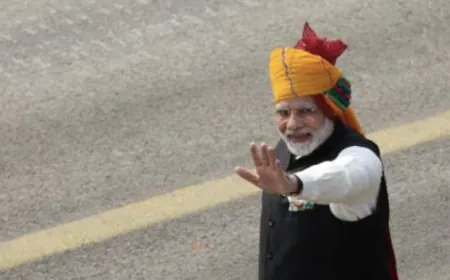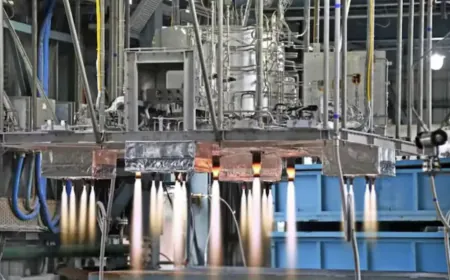India will again perform a feat in space, earth will be monitored; know the story of NISAR satellite
ISRO Chairman V. Narayanan said that NASA-ISRO Synthetic Aperture Radar (NISAR) will be launched from GSLV-S16 on July 30. NISAR is an earth monitoring satellite that can take pictures of the earth 24 hours a day in every weather. It will be helpful in detecting landslides, helping in disaster management and monitoring climate change.

Indian Space Research Organisation (ISRO) Chairman V. Narayanan stated that the earth observation satellite NASA-ISRO Synthetic Aperture Radar (NISAR) would be flown on Indian rocket GSLV-S16 on Wednesday, July 30.
GSLV-S16 rocket carrying NISAR would take off from Satish Dhawan Space Center in Sriharikota and place the satellite into orbit. NISAR, having a weight of 2,392 kg, is an earth observation satellite. It has been equipped with L-band radar of NASA and S-band radar of ISRO, which are the most cutting-edge in the world. ISRO and NASA are jointly sending out such a satellite for the first time that will monitor the whole world.
Narayanan said on Sunday, NISAR can take photographs of the earth 24 hours a day in every weather. It can detect landslides, help in disaster management and also keep an eye on climate change. This satellite will benefit India, America and the whole world. It is also important for monitoring the natural resources of the earth.
Regarding India's human spacecraft mission, Gaganyaan, Narayanan said that a human robot named Vyommitra will be sent to space in December this year. After its success, two other unmanned missions will also be launched next year. After this success, the Gaganyaan mission will be launched in March 2027. In the Gaganyaan mission, three astronauts will be sent to the lower orbit of the Earth at 400 kilometers. After this, a safe return to Earth will also be made.
According to IANS, while giving an update on other major missions, the ISRO chief said that the Aditya-L1 solar satellite has started sending solar research data. Scientists are analyzing this data to get in-depth information about solar activity. The ISRO chief also informed about the progress of India's upcoming lunar missions. He expressed confidence that Chandrayaan-4, designed to bring back soil samples from the Moon, will be successful.
For Latest News update Subscribe to Sangri Today's Broadcast channels on Google News | Telegram | WhatsApp




































.jpeg)


































































































